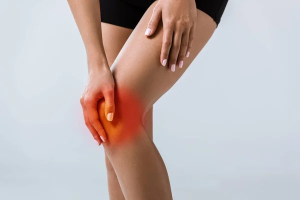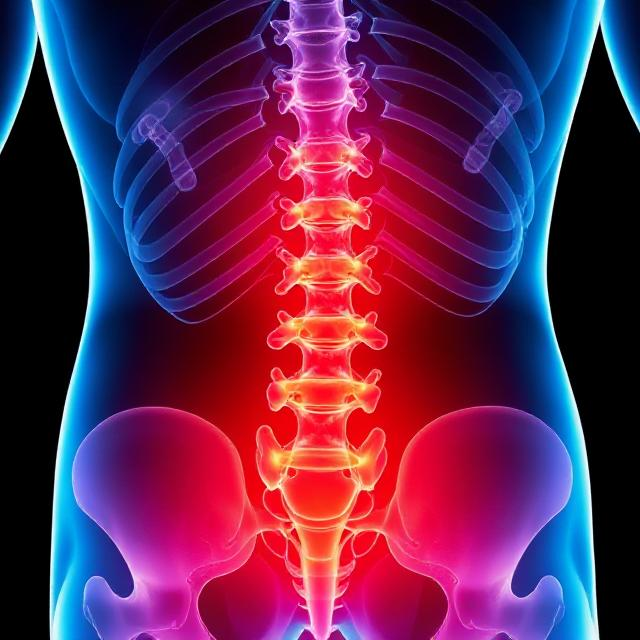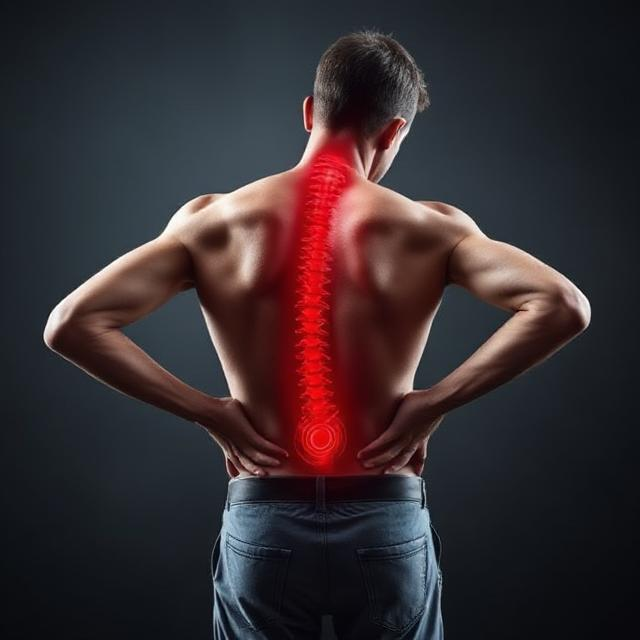can my knee pain be treated without surgery


Knee pain is a common issue that can affect people of all ages and significantly impact one’s quality of life. While surgery is sometimes necessary for severe cases, many individuals can find relief through non-surgical approaches. Chiropractic care offers a non-invasive and holistic approach to knee pain treatment without surgery, emphasizing the importance of proper diagnosis, treatment and targeted exercises. In this article, we will explore how knee pain can be treated without surgery, with a focus on the mechanism of the pelvis misalignment associated with knee pain, Gonstead Chiropractic approaches, and knee pain treatment exercises.


Lower back can be a cause of your knee pain.
The pelvis is a bony structure in the human body that forms the base of the spine and supports the trunk. It comprises several bones, including the sacrum, coccyx, and two hip bones (ilium, ischium, and pubis). The pelvis has a basin-like shape and serves multiple functions, including Spine support, protection of internal organs, childbirth support, and attachment point of the muscles and ligaments.
Our pelvis can be misaligned due to injuries such as falls, vehicle accidents, improper sleeping posture, prolonged sitting, and standing positions, habit of constantly leaning or standing on one leg. The misalignment of the pelvis can affect the biomechanics of our leg structure and function. For instance, an internally rotated pelvis and rotated sacrum can cause rotation on the thigh bone (femur) which results in the knee joint experiencing uneven pressure during weight-bearing exercise. This ultimately causes the knee joint to wear out faster and may result in knee osteoarthritis if the joint fixation is not correct.
Furthermore, the knee pain can be due to the lower back (lumbar spine) or tailbone (sacrum) misalignment resulting in nerve compression that supplies our lower limbs. If a joint is misaligned, losses it normal function and will begin to experience a lot of pressure from daily activities. Consequently, swelling will build up due to the inflamed disc of the misaligned joint, the accumulated swelling will put pressure on the nearby nerve which innervates our lower limbs. The occurrence of nerve irritation or compression will result in lower back pain, knee pain or weakness, numbness, or tingling sensation in the legs.
Therefore, Gonstead Chiropractors correct the misaligned joint (subluxation) through the Gonstead assessment protocol (history, visualization, static & motion palpation, instrumentation, and X-ray analysis). The goal is to assess the spine and find out the root cause of the pain, correct the subluxation through manual adjustment, and leave it alone for healing.
Knee Pain Treatment Exercises:
Chiropractors often prescribe specific knee pain treatment exercises to strengthen the muscles surrounding the knee joint, improve flexibility, and enhance overall stability. These exercises can be tailored to the individual’s condition and may include:
- Quad Sets: Quad strengthening exercises help support the knee joint by strengthening the quadriceps muscles.
- Straight Leg Raises: This exercise targets the quadriceps and helps improve knee stability.
- Hamstring Curls: Strengthening the hamstring muscles can provide additional support to the knee joint.
- Balancing Exercises: Balance and stability exercises, such as standing on one leg, help improve coordination and reduce the risk of falls that could exacerbate knee pain.
- Range of Motion Exercises: Gentle range of motion exercises can help maintain or restore the knee’s flexibility.
1.Orthotics and Supportive Devices:
Under certain circumstances, Chiropractors may suggest the use of orthotic devices tailored to an individual’s condition, such as knee braces or shoe inserts, to offer additional support and alignment to the knee joint. Utilizing these devices can aid in pain reduction and the prevention of further injury. For more information and guidance on the proper use of these devices, it’s advisable to consult with your chiropractor.
2. Lifestyle and Nutritional Guidance:
Chiropractors may offer advice on lifestyle modifications, including weight management and dietary changes, to reduce the strain on the knee joint and promote overall health and well-being.
Conclusion:
Knee pain can often be effectively treated without surgery, and chiropractic care is a valuable non-surgical approach. Chiropractors focus on diagnosing and addressing the underlying causes of knee pain through manual techniques (spinal adjustment) and customized exercise programs. Knee pain treatment exercises are an essential component of this approach, helping individuals regain strength, flexibility, and function in the knee joint.
If you’re experiencing knee pain, consult with a chiropractor who specializes in musculoskeletal conditions. They can assess your condition, develop a personalized treatment plan, and guide you through a range of non-invasive therapies and exercises to alleviate your knee pain and improve your overall quality of life.
Reference:
- Shultz, Sandra J et al. “The Relationship Between Lower Extremity Alignment Characteristics and Anterior Knee Joint Laxity.” Sports health vol. 1,1 (2009): 54-60. doi:10.1177/1941738108326702



